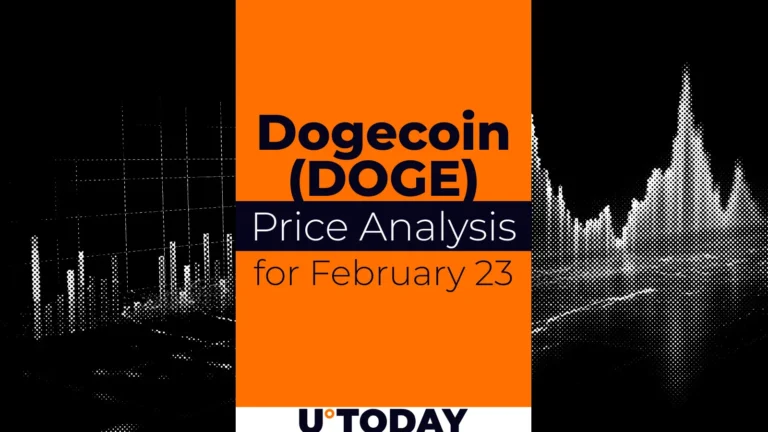Is the ECB Preparing to Strike? EUR/GBP Under Pressure.
EUR/GBP Continues to Fall to Two-Year Lows
On Thursday, EUR/GBP was seen trading at two-year lows in the 0.8320s, marking a quarter-percent decline primarily driven by a weaker Euro (EUR). The downward pressure on the Single Currency comes amid growing speculation in the market that the European Central Bank (ECB) is gearing up to make more aggressive interest rate cuts, potentially to a lower base than previously anticipated. The aim of these measures would be to prevent a hard landing for the Eurozone economy.
ECB’s Potential Rate Cuts and Economic Impact
The Eurozone economy has been facing headwinds in recent times, with slowing growth and subdued inflation putting pressure on the ECB to take action. There are concerns that without intervention, the economy could face a hard landing, leading to adverse consequences for businesses and consumers alike.
Effects on Individuals
For individual consumers, a potential interest rate cut by the ECB could mean lower borrowing costs on loans and mortgages. This could make it cheaper for individuals to finance major purchases such as homes or cars. However, it could also lead to lower returns on savings and investments, impacting those who rely on interest income for their financial well-being.
Effects on the Global Economy
If the ECB does indeed proceed with more aggressive interest rate cuts, it could have broader implications for the global economy. A weaker Euro as a result of these measures could impact international trade dynamics and competitiveness. It could also lead to increased volatility in financial markets as investors adjust to the new monetary policy environment.
Conclusion
In conclusion, the recent speculation surrounding the ECB’s potential actions has put pressure on the EUR/GBP pair, pushing it to two-year lows. While the exact nature and timing of any rate cuts remain uncertain, the market is closely watching for signals from the ECB. Individuals and the global economy could feel the ripple effects of these policy decisions, highlighting the interconnected nature of the financial markets.





